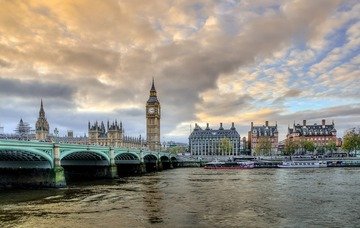The Pound is the official currency of the United Kingdom.
The most important exchange rates for the pound are only the euro-sterling (EURGBP) and sterling-dollar ( GBPUSD).
Internationally, the pound is recognized by the abbreviation GBP and the symbol £.
Below is all the information and characteristics of the British pound, along with articles, analyzes and news on the currency’s movements, news and forecasts.
The central bank of the United Kingdom is the Bank of England (Bank of England in Italian, often abbreviated to the acronym BoE).
As the fourth most traded currency in the world, the British pound is in third place in the ranking of the most held currencies in the world.
Within the Forex market sector, the pound is often referred to as Sterling, Pound Sterling, Quid and Nicker.
The importance of the British pound
The British pound is the oldest currency used today, and it is also one of the most converted currencies.
Among the major currencies, the so-called majors, the British pound is the currency with the highest value.
Information and history of the pound
The origins of the pound date back to around the year 760, introduced for the first time in the form of silver pennies, used by the Anglo-Saxon Kingdom.
The first sterling note was introduced in 1694, when the conversion bases changed from silver to gold.
The Bank of England, one of the world’s first central banks, was founded the following year, in 1695.
All sterling banknotes were handwritten until 1855, when the BoE began printing in large numbers.
At the beginning of the 20th century, many countries began pegging the value of their currencies to that of gold. With the creation of the so-called gold standard (gold standard in English), conversion between various currencies was allowed, thus revolutionizing trading and the international economy.
Britain officially adopted the gold standard in 1816, despite having been in use since 1670. The strength of the pound in the wake of the gold standard led to a period of great economic growth in Britain until 1914.
The pound was not only used in Great Britain, but also by the various colonies of the British Empire. After strong growth in the pound globally, the subsequent slowdown allowed the US dollar to gain a dominant position.
In 1940, an exchange rate between the pound and the dollar was set at 1 Pound per $4.03, an example subsequently followed by several countries.
In 1971 the fixed rate was eliminated and the pound was allowed to float freely on the market.
Since then, the pound has followed a series of ups and downs.
Although the United Kingdom is a member state of the European Union, it has rejected monetary union and the adoption of the Euro.
Pound at a glance |
| Name: British Pound |
| Symbol: £. Cents (pennies): p |
| ISO 4217 code: GBP |
| Most popular exchange rate: EURGBP and GBPUSD |
| Nicknames: Sterling, Pound Sterling, Quid and Nicker |
| Coins: £1, £2, 1p, 2p, 5p, 10p, 20p, 50p |
| Banknotes: £5, £10, £20, £50 (rare: £100) |
| Central bank: Bank of England |
| Website: www.bankofengland.co.uk |
| Understanding countries: United Kingdom (England, Northern Ireland, Scotland, Wales), Falkland Islands, Gibraltar, Guernsey, Isle of Man, Isle of Jersey, St Helena, Ascension and Tristan da Cunha, South Georgia and South Sandwich Islands. |


